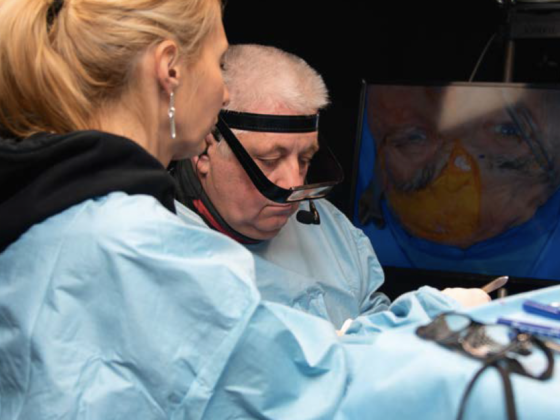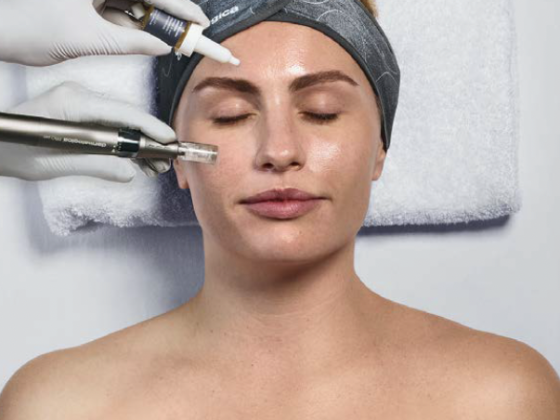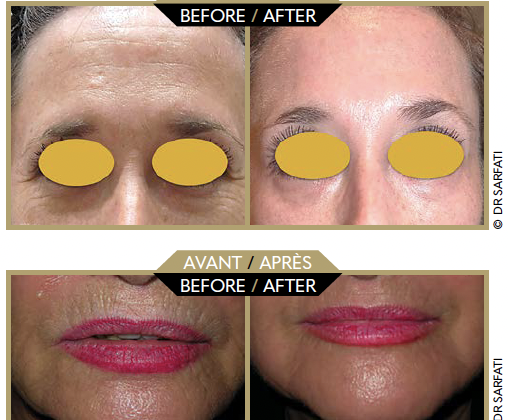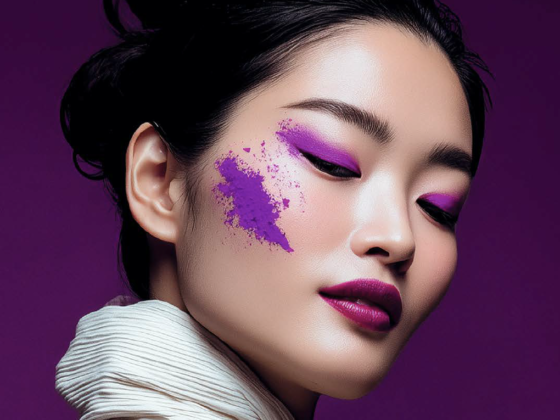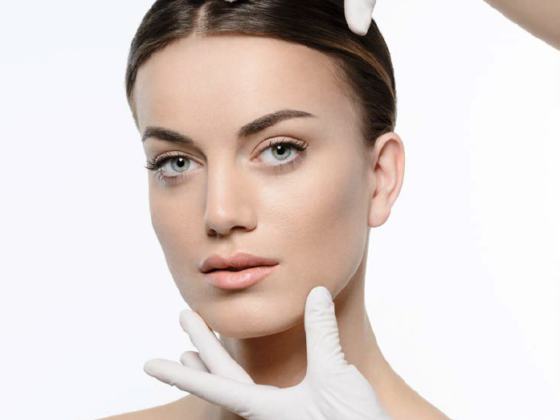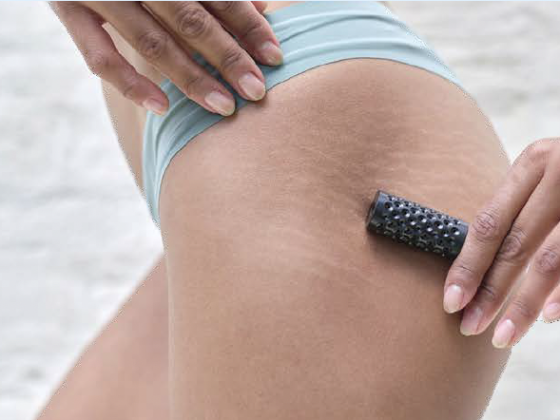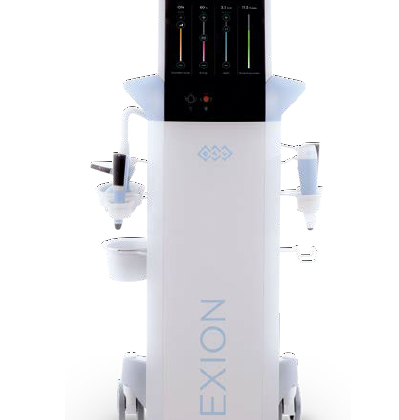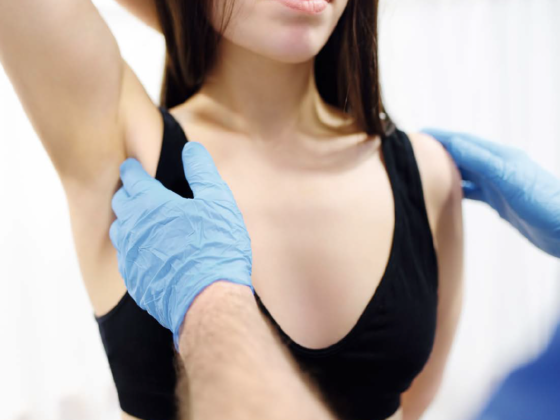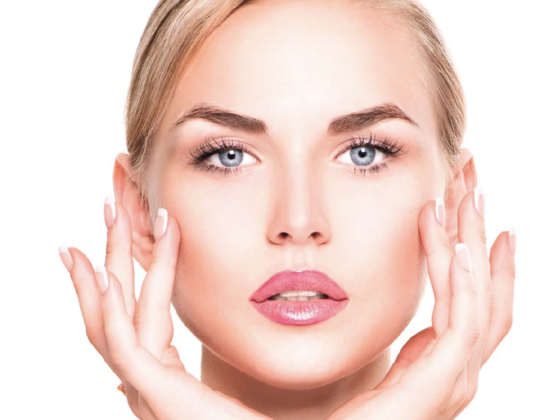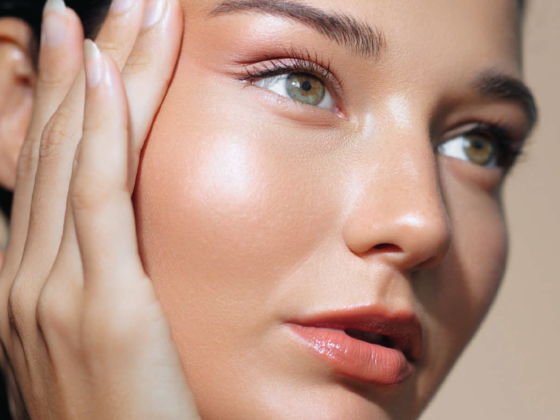By Jean-Yves Coste
New mega-trends are revitalising the resilient and ever-evolving medical aesthetic sector
A paradigm shift driven by higher regulatory standards, standards is transforming the medical aesthetics ecosystem by enhancing treatment precision, accuracy and reliability, influencing patient behaviour, improving their decision-making process, and optimising their experiential journey.
We are witnessing an unprecedented rise in the use of skinboosters, biostimulators, and new types of fillers and tissue inducers (PLLA, PDLA, PMMA, PCL, PCA, PDRN, PN, and combinations). More sophisticated patients are seeking treatments to look younger, and they now have access to more information than ever before about properties such as elasticity, cohesiveness, plasticity, ease of injection, and longevity of results, as well as the widespread availability of these standards. Starting in markets at the forefront of scientific breakthroughs, such as Korea, California, Israel, and coastal regions of China, the phenomenon is spreading to advanced markets through social media, which amplifies this surge, and is gaining momentum in emerging countries.

This is also fuelled by the exponential increase in deep wrinkle treatments following the irresistibly growing use in the US, and soon Europe and China of GLP-1 analogues for fat-loss, such as NovoNordisk’s Ozempic or Wegovy, as well as treatments for metabolic syndrome such as Lilly’s Zepbound or Mounjaro. It should be noted that 70% of US-based medical aesthetic centres have started to prescribe GLP-1 analogues to their obese and overweight patients. This need for quick results and interest in ingredients that help rejuvenate tissue is also driving demand for exosomes, especially those derived from stem cells or plant progenitor cells. This is leading to the emergence of key players, evidenced by M&A and IPOs, such as Exocobio’s acquisition of Benev, Archimed’s purchase of Cellese, and Carmell Therapeutics or Elevai Skincare’s IPOs.
Creating a seamless aesthetic treatment process for patient wellbeing is accelerating the rise of combined treatments. These treatments incorporate dermal fillers, skinboosters, or dermocosmetics, along with energy-based devices like radiofrequency and microneedling. Examples include VirtueRF, ExactRF, Smart RF, Vivace by SHENB, Morpheus 8 by InMode, Genius by Lutronic, Profound and Matrix by Candela, Agnès Medical, Exion by BTL Aesthetics.
This convergence of beauty and minimally invasive medical aesthetics is exemplified by L’Oréal’s purchase of 10% of Galderma in August 2024 for $2 billion, as well as its acquisition of a 25% stake in Functionalab’s medical aesthetic clinics. This trend is moving towards the medicalisation of cosmetics, with a simultaneous convergence between Big Pharma and medical aesthetics, which began in China in 2018 with China Grand Pharma’s acquisition of Sinclair plc, followed by AbbVie’s purchase of Allergan, Menarini’s acquisition of Delife Srl, and licensing agreements between China National Biotech Group and Croma for the distribution of their Saypha filler, or with Advanced Aesthetics Technologies to distribute their Algeness filler in China.
At clinic level, this is leading to a holistic personalisation of care, combining facial skin rejuvenation with mesotherapy, skinboosters, dermal fillers, toxins, biostimulators, tensor threads, body reshaping, hair regrowth treatments, vulvovaginal care, dental aesthetics, transgender operations, and follow-up protocols. This creates an immersive, enjoyable, and interactive patient experience, with products for at-home treatments and prescribed beauty supplements. This stunning democratisation, especially through the “Zoom boom” that started during COVID, is being driven by the digitalisation of medical imaging, 3D visualisation, moving images, holographic vision, AI, and the Metaverse. The omnipresence of social media on mobile platforms, dedicated to navigating the medical aesthetic ecosystem, such as RealSelf, SoYoung, GengMei, gives users a sense of empowerment as they learn about skin repair mechanisms, their evaluation, and rankings.
This transformation is further catalysed by a significant consolidation trend in the creation of medical aesthetic clinic networks, accelerated by private equity investments such as Blackstone’s acquisition of 49% of Lazeo, Raise Equity’s investment in the Clinique des Champs Elysées, and Carlyle’s purchase of 70% of VLCC’s 270 clinics in India for $430 million (a 4.5x revenue multiple). There have also been acquisitions of majority stakes in Cible Skin by Verlinvest and Maison Lutetia by the Mujid al Futtaim Family Office in the United Arab Emirates.
These trends are continuing, driven by a consolidation that started in Q2 2024, in particular with Charterhouse’s acquisition of Skintech, L’Oréal’s purchase of 10% of Galderma, Crown’s acquisition of Revance, and Archimed’s purchase of Jeisys. This is supported by the role of transformation agents played by investment funds, with financing powered by global monetary expansion policies from Q3 2024.

Jean-Yves Coste :
Seasoned healthcare investment banker and executive with 30+ years of experience in cross-border M&A, capital raising, and partnerships, now Chairman of WINDOME Held leadership roles at Michel Dyens, Bryan Garnier, Cowen, Boehringer Ingelheim, and Deutsche Bank. Specializes in medtech, biotech, aesthetics, and regenerative medicine. HEC Paris and
INSEAD MBA.
More informations: Windome-banking.com





